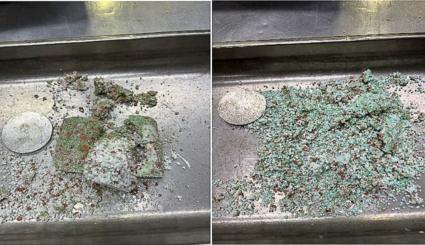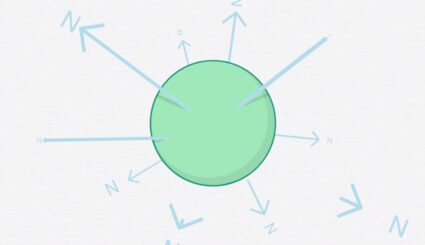Balancing ESN Cost & Performance

ESN is an Enhanced Efficiency Fertilizer (EEF) which means it’s treating some standard fertilizer, urea, in a way that enhances its effectiveness regarding nutrient availability and reducing losses. The flexible, polymer coating protects urea from loss to the environment by encapsulating it within the coating and releasing it in response to soil temperature when in contact with soil moisture. The release of urea is controlled over a period of about 50 to 80 days, depending on temperature, protecting your nitrogen (N) investment from all 3 loss mechanisms, volatilization, leaching, and denitrification.
So, what is the most profitable way to realize the benefits of ESN? Can you just apply more urea or UAN for the same overall cost as ESN to compensate for nitrogen loss and achieve the same results as ESN? Can you apply ESN at a lower N rate to achieve the same yield results as attained with urea or UAN? Is it more profitable to apply ESN at my normal N rate and realize a yield increase?
The figure below can help answer some of these questions. It shows the relationship between nitrogen rate and relative corn yield compiled from university corn N-rate studies from 2000-2010. The yields represent preplant applications in which all the N is applied in one pre-plant application and derived from a single N source – ESN or either urea or UAN.

Main Take Aways:
• At rates equivalent to conventional soluble N fertilizers, ESN can increase yield.
• ESN produces yields equivalent to conventional soluble fertilizers at a significantly lower N rate although the greater the rate reduction, the greater the risk of yield reduction from insufficient N.
• When net return is calculated, the yield gain from ESN at the same rate is typically worth more than the reduction in N rate possible to produce similar yields.
• The data show ESN more often produces yields near the maximum than results with conventional soluble N sources.
In summary, the amount of urea or UAN needed to match ESN would not be cost effective according to the data.

* = NOLA prices 10/29/21
** = N rate at which maximum yield is attained at plateau point for urea and UAN.
*** = ESN rate at which yields equal plateau yield for urea and UAN.


